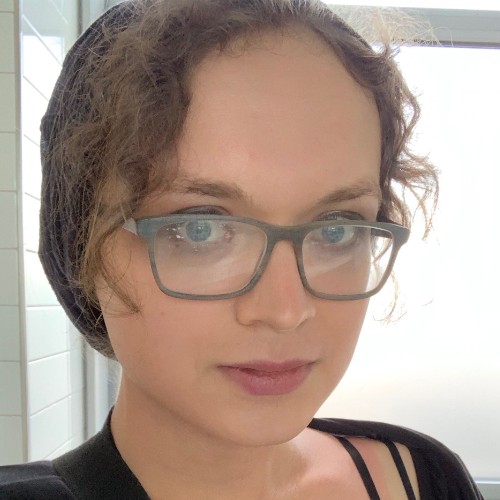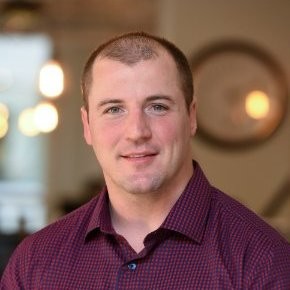Detection of Polluting Plumes Ejected from NYC Buildings.
Bea Steers, Jonathan Kastelan, Tsai Chun-Chieh
NYU CUSP - Urban Observatory
Detecting, counting, and tracking instances of plumes ejected from NYC buildings to help gain a better understanding of the building metabolism and the environmental and health impacts of building energy use.


